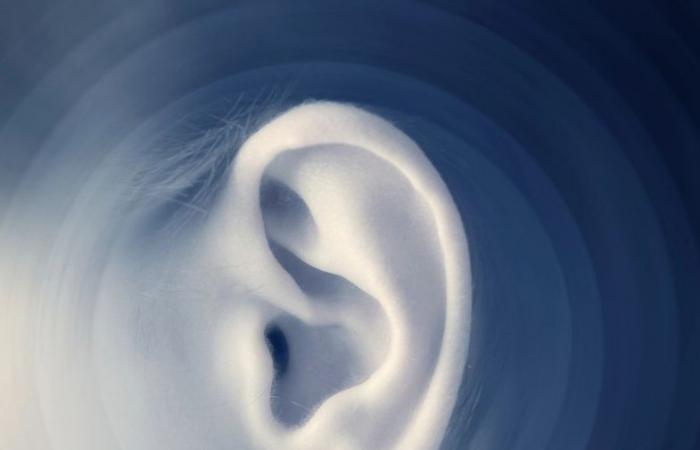In a lab at the University of Michigan, a group of mice is redefining the limits of Udito. Thanks to a molecule called neurotrophine-3these rodents not only hear normally, but process sounds in extraordinary ways. This discovery could revolutionize our approach to hearing loss, and perhaps contribute to a future increase in our perceptions.
Neurotrophine-3 et audition « supranormale »
Researchers atKresge Hearing Research Institute at the University of Michigan Medical School conducted a groundbreaking study on improving hearing in mice. Using neurotrophin-3 (Ntf3), a neurotrophic factor, succeeded in increasing the number of synapses in the inner ear of rodents, leading to a significant improvement in their hearing ability.
Neurotrophin-3 works by increasing the number of synapses between inner hair cells and auditory neurons. Inner hair cells, located in the cochlea, play a crucial role in converting sound waves into electrical signals that are then transmitted to the brain via these synapses.
Study results
Il Dr Gabriel Corfasdirector of the Kresge Institute and leader of the research team, explained: “We have shown that animals with extra synapses in the inner ear have normal thresholds – what an audiologist would call normal hearing – but can process auditory information in a supernormal way.”
The study (which I’m linking to here) involved two groups of young mice:
- A group with reduced synapses
- A group with increased synapses (mice with supernormal hearing)
The researchers used a test called Inhibition of the prepulsion gap to measure the ability of mice to detect very brief auditory stimuli. This test is related to auditory processing in humans.
The results? Mice with fewer synapses needed a longer silent interval to detect the “test sound.” Mice with increased synapses They showed a superior ability to process auditory information.
The implications? Great.
The results of this study support all theories about the relationship between synaptic density and hidden hearing loss in humans. There hidden hearing loss is a condition in which people have difficulty understanding speech or distinguishing sounds in the presence of background noise, despite normal results on standard hearing tests.
Lessons learned from inner ear studies could help find new treatments for some neurodegenerative diseases that begin with the loss of synapses in the brain.
Gabriel Corfas
In other words, the research opens up new possibilities for the treatment of hearing disorders. It will be useful to preserve existing synapses, regenerate lost ones and even increase the number of synapses to improve auditory processing.
Neurotrophin-3 and hearing, in summary
The study of neurotrophin-3 and its impact on mouse hearing represents a significant advance in understanding and potentially treating hearing disorders. Although more research is needed to apply these findings to humans, this discovery offers new hope for people with hearing loss and opens new avenues to explore hearing abilities beyond natural limits.
If there is any news, I will definitely let you know (these are my usual closings, don’t pay attention to them).






